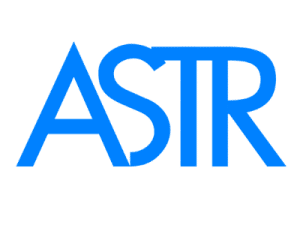Can Fascia Store Trauma or Emotional Pain?
Can Fascia Store Trauma or Emotional Pain?
Search terms: trauma stored in fascia, emotional release bodywork, fascia emotional pain
Have you ever cried unexpectedly during a massage or felt intense emotion rise while stretching a tight muscle?
This may not be coincidence—your fascia can store physical and emotional trauma.
Fascia, the connective tissue web that surrounds your muscles and organs, doesn’t just support your structure. It’s also deeply intertwined with your nervous system, memories, and stress patterns. When trauma isn’t fully processed, it can leave a “body imprint”—particularly in the fascia.
🧠 How Trauma Gets Stored in the Body
When you experience trauma (physical or emotional), your body shifts into fight, flight, or freeze mode. If the body doesn’t return to a state of safety, tension patterns may become embedded in your fascia.
“The fascia retains a kind of ’tissue memory’ of trauma and stress, which can lead to ongoing dysfunction.”
(van der Kolk, 2014; Tozzi, 2014)
🔁 Chronic Pain, Tension & Unresolved Stress
Unprocessed trauma stored in fascia may lead to:
-
Chronic tension or pain in the same area (often neck, jaw, hips)
-
Emotional numbness or outbursts
-
PTSD-like symptoms when the area is touched or activated
-
Somatic flashbacks or anxiety without explanation
-
Difficulty relaxing, sleeping, or regulating mood
Fascial restrictions can signal to the brain that the body is still unsafe—even long after the threat is gone.
🌿 How to Release Trauma from Fascia
Healing stored trauma often requires a whole-person approach that involves bodywork, breath, and nervous system support:
-
Myofascial release therapy – helps unlock “frozen” areas of stored stress
-
Somatic practices – like body scanning, grounding, and gentle movement
-
Vagus nerve work – calms the fight-or-flight response
-
Anti-inflammatory, toxin-free diet – reduces sensitization and inflammation
📘 The Eat to Heal book includes strategies to nourish the fascia and calm the nervous system -
ASTR myofascial tools – designed for safe self-treatment of fascial and emotional tension
🔧 Explore the ASTR Tools
✨ What People Often Feel During Fascia Release
-
Sudden emotional release (crying, anger, laughter, peace)
-
Trembling or temperature changes
-
Vivid memories or images
-
Deep exhale or nervous system “reset”
-
A sense of lightness or emotional clarity afterward
⚠️ Be Gentle with Yourself
Unwinding trauma from the body is powerful work. Don’t rush. Work with:
-
A trained somatic therapist or trauma-informed bodyworker
-
A clinical nutritionist for inflammation and nervous system support
-
Safe self-care tools that don’t overstimulate the system
📚 References
-
van der Kolk, B. (2014). The Body Keeps the Score: Brain, Mind, and Body in the Healing of Trauma. Penguin Books.
-
Tozzi, P. (2014). Fascia and the mechanisms of body memory. 车身和运动疗法杂志, 18(2), 259–265.
-
Porges, S. W. (2011). The Polyvagal Theory. W.W. Norton & Company.
-
Schleip, R. et al. (2012). Fascia as a sensory organ: A hypothesis. 车身和运动疗法杂志, 16(3), 221–225.

